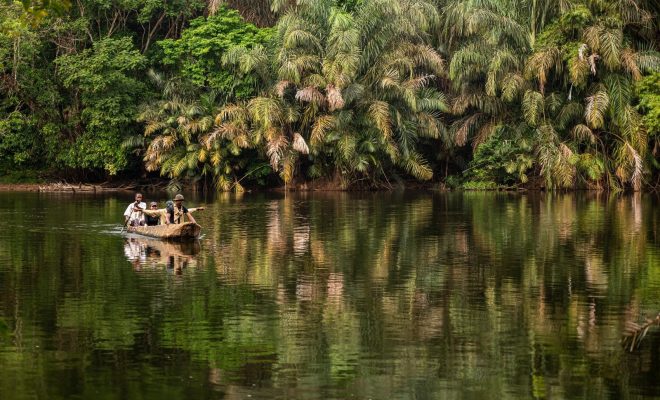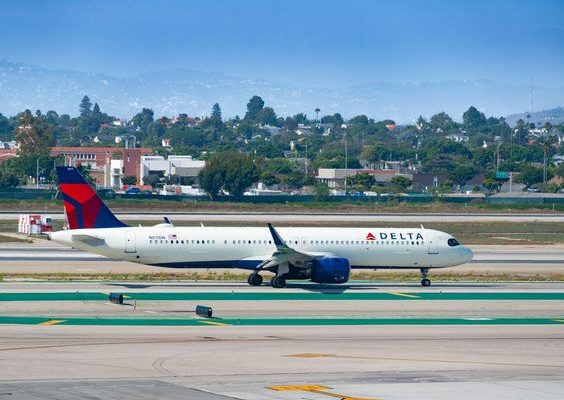These Are The 8 Best Places To See The Northern Lights In The U.S. This Winter

The Northern Lights, or Aurora Borealis, is a mesmerizing natural phenomenon that graces the night skies with its spectral display of colors. In the U.S., the winter season offers some of the best opportunities to witness this awe-inspiring light show. Here are the eight best places to see the Northern Lights in the U.S. this winter:
1. Fairbanks, Alaska: Located just two degrees below the Arctic near international airport and ample facilities, Fairbanks is arguably the most popular and reliable spot for observing the Northern Lights in America.
2. Denali National Park and Preserve, Alaska: The wide-open spaces and limited light pollution make Denali an excellent viewing spot for the Aurora. The park’s northerly location also increases the chances of witnessing a spectacular display.
3. Brooks Range, Alaska: This remote mountain range offers some of Alaska’s most undisturbed areas for Northern Lights viewings, away from any city lights.
4. Upper Peninsula, Michigan: The Upper Peninsula offers a variety of viewing spots along Lake Superior. Cities like Marquette provide guided tours for visitors.
5. Cook County, Minnesota: With its northern location and dark skies, Cook County boasts clear views of the Northern Lights over its forest-lined horizon, especially around Oberg Mountain and Lake Superior.
6. Aroostook County, Maine: As Maine’s northernmost point with sprawling wilderness areas, AroostookCounty allows viewers to watch the lights with minimal light pollution.
7. Idaho Panhandle National Forests, Idaho: The expanses of wilderness in this part of Idaho serve as a dark backdrop for Northern Lights displays since they are far from major urban areas.
8. Glacier National Park, Montana: With pristine skies and stunning terrain, Glacier National Park provides visitors with a dramatic tableau against which the Aurora often dances during clear winter nights.
To maximize your experience viewing the Northern Lights:
– Plan your trip during peak times from November to March.
– Monitor space weather forecasts to catch increased solar activity.
– Choose locations with minimal light pollution and a clear northern horizon.
– Allow time for multiple viewing attempts; Auroras are elusive and can be unpredictable.
– Dress warmly and be prepared for winter conditions during your outings.
These magnificent sights offer both captivating views and an opportunity to experience one of nature’s most magical displays. For an unforgettable winter adventure, consider visiting these destinations when seeking out the Northern Lights in the U.S.






